The industry has been nudging toward wider rims for quite some time now. We’re finally starting to see an adherence nearly industry-wide. On the other hand, Zipp has been on the “wider is faster” train for a while, and they are blowing the doors off what we think “wide rims” are. Meet the new Zipp 303 XPLR wheelset with a mega-wide 32mm internal rim width.
Zipp 303 XPLR SW Gravel Wheelset – What is it?
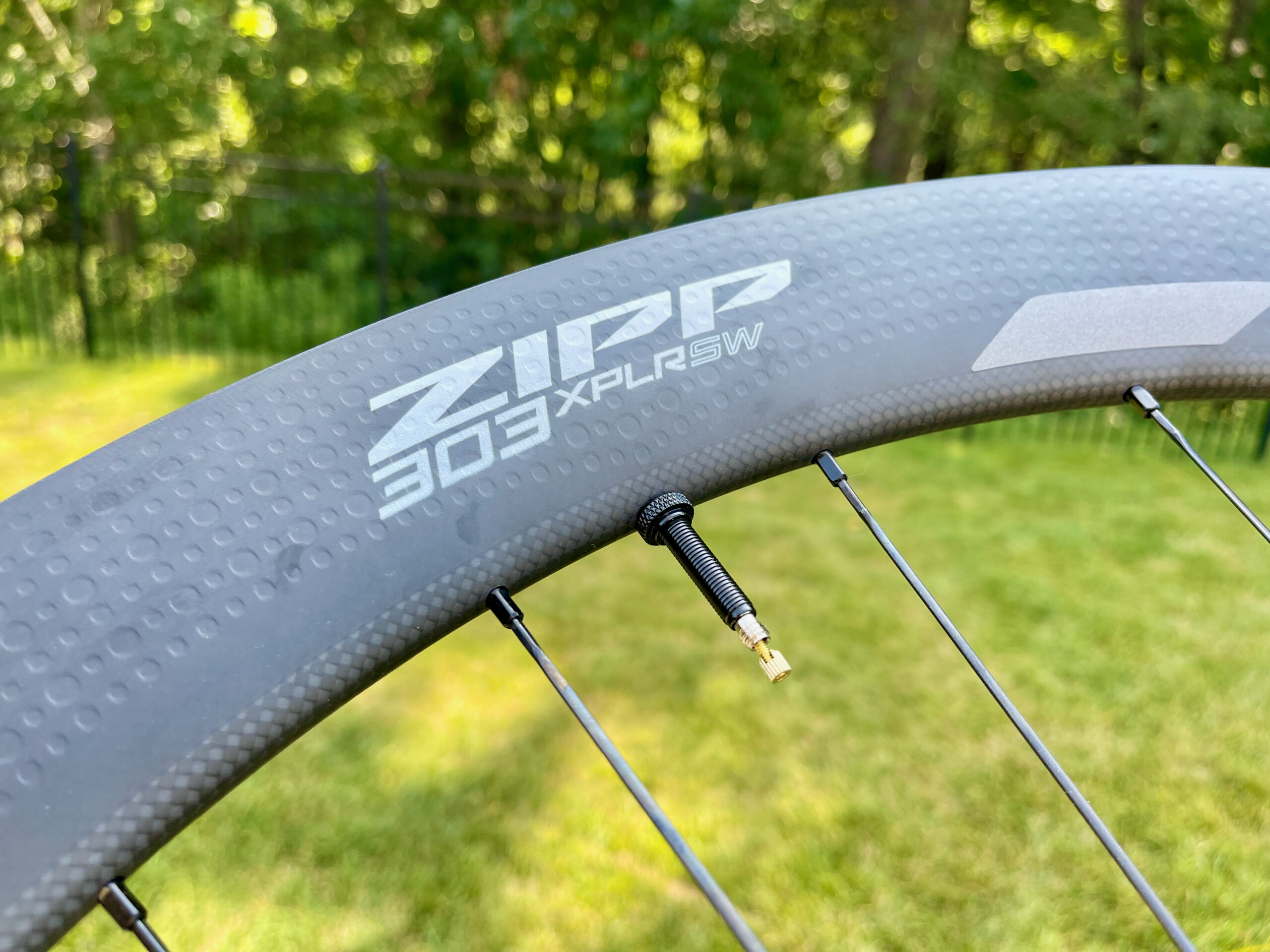
The Zipp 303 XPLR SW wheelset is “Zipp’s fastest gravel wheel ever.” How? They attribute this increase in speed to its mega-wide and deep rim and purpose-driven, wide-optimized gravel tires.
Was that a typo — 32mm?
No, not a typo and I’d be the first to admit — I’ve had quite a few typos. The new Zipp 303 XPLR SW (and S series) measure 32mm internal and 40mm external.

How did we get here? The team at Zipp started with the tire and went backward, designing a wheelset around the idea of a great-rolling, aero-efficient tire. They did this by focusing on some key gravel racing and riding elements.
- Gravel racing is getting faster, whether due to athletes or equipment. The average speed of the winners is bumping up yearly.
- Current generation gravel wheels exhibit poor aerodynamic efficiency with gravel tires.
- Low tire pressures are the key to unlocking speed on gravel. Only some manufacturers are designing for this but haven’t gone far enough to support lateral cornering loads at lower tire pressures.
- Current gravel rim designs do not help prevent pinch flats while using lower tire pressures.
How does the new Zipp 303 XPLR differ?
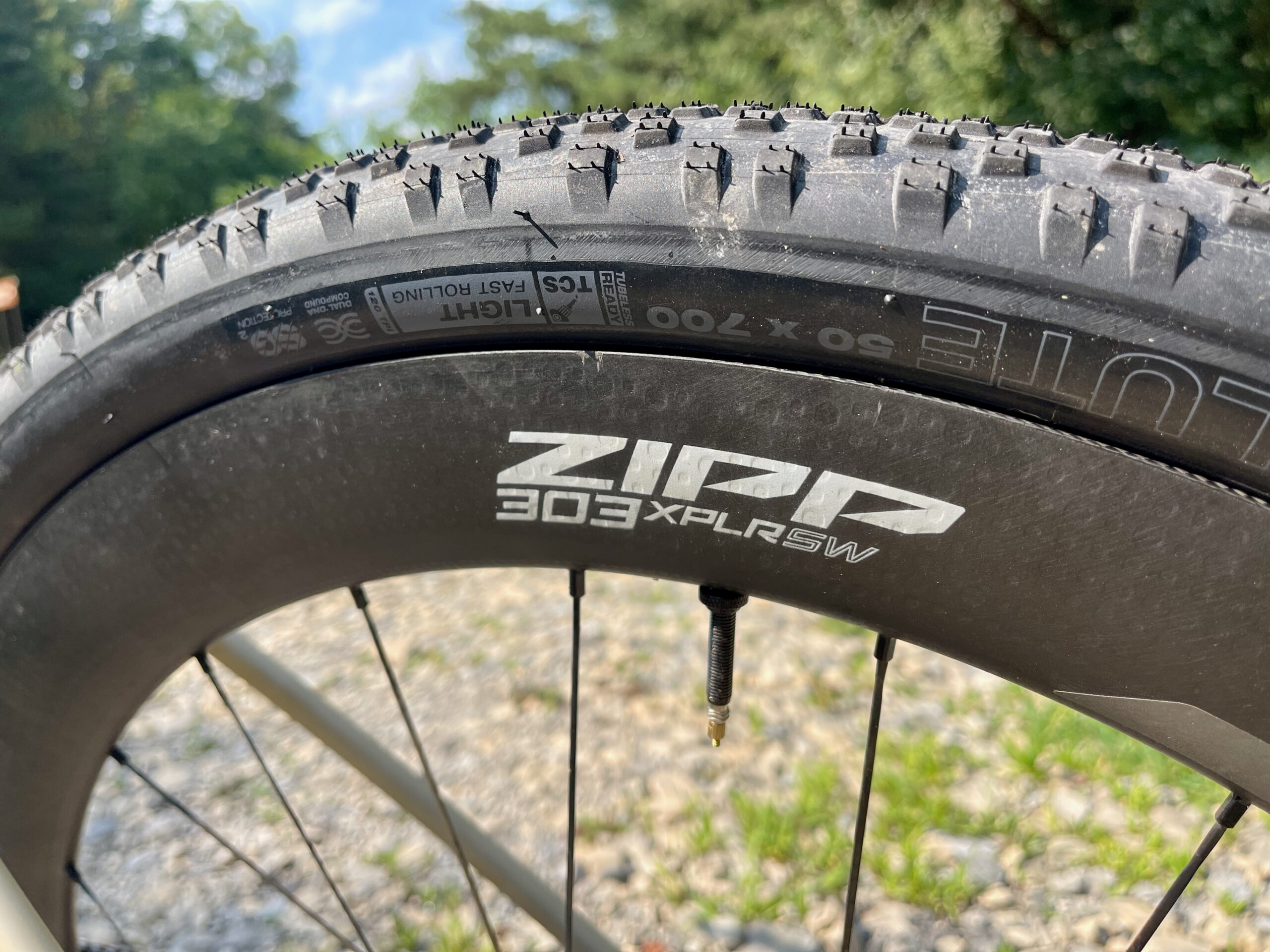
Right now (I say that, as it could change overnight), the preferred tire width for gravel is anywhere from 38-50mm with varying tread patterns. The current gravel wheel offering in the industry has an external rim width of 28-30mm. Zipp claims this creates an aerodynamic mismatch when you use a 40mm+ gravel tire, leaving watts, speed, and possible victories on the table.
With that narrower rim and broader tire, the tire-wheel interface looks more like the bulge of a lightbulb. The lightbulb look is faster, and according to Zipp testing, the efficient pairing of wheel and gravel tire of their 303 XPLR SW design provides a 5-watt aerodynamic advantage over a leading competitor (not named).
Low Pressures Go Faster
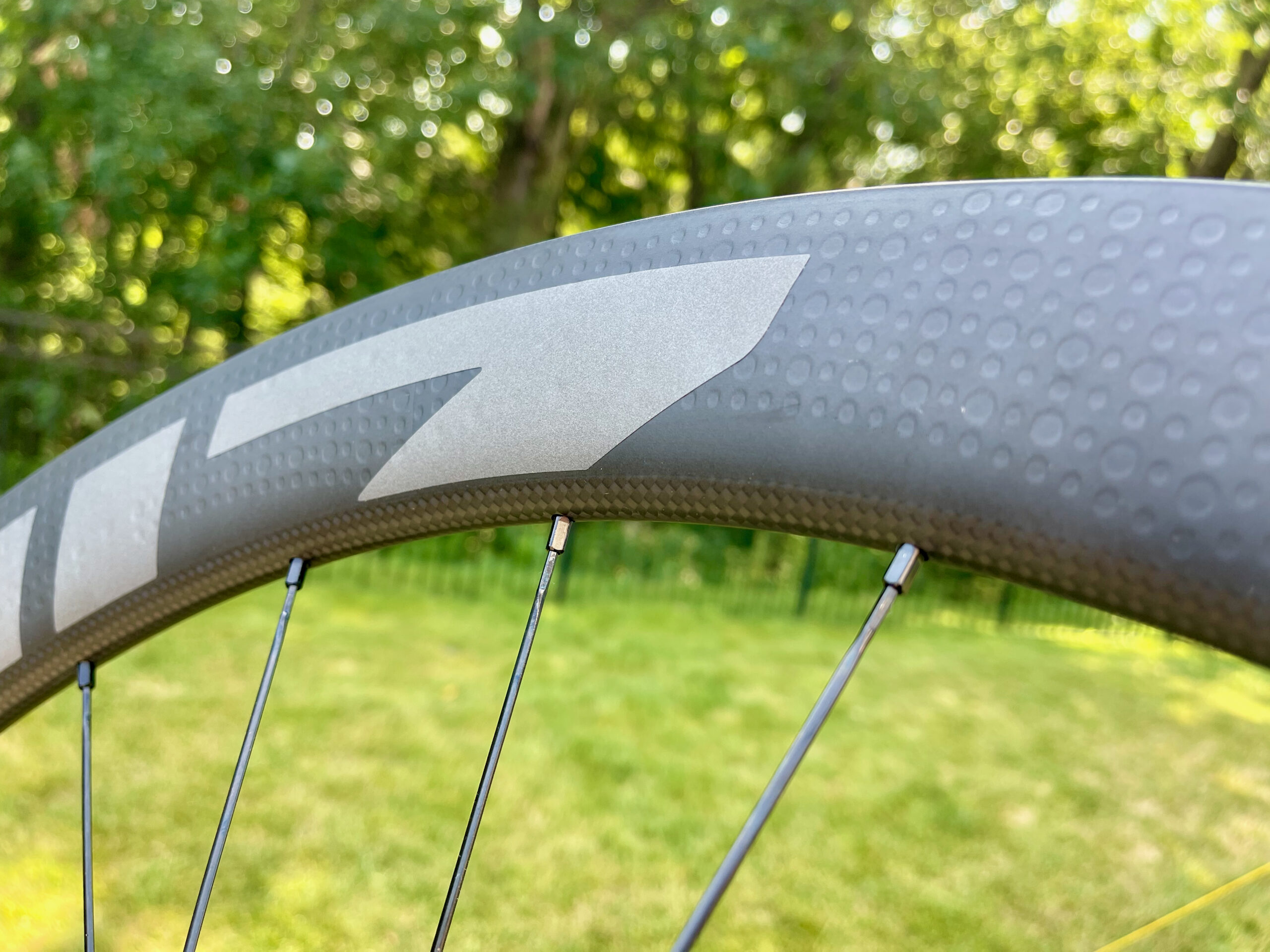
We all know now that low tire pressures significantly increase speeds on roads and gravel. But how do you keep a tire’s correct “feel” and integrity with lower pressures? In cyclocross, the tires are glued to the rim so riders can go as low as they want, only indebted to the skill of their tubular glue job. In gravel, however, if the wheelset has a narrow tire bed with low tire pressure, it will cause the tire to collapse, fold, or squirm while cornering.
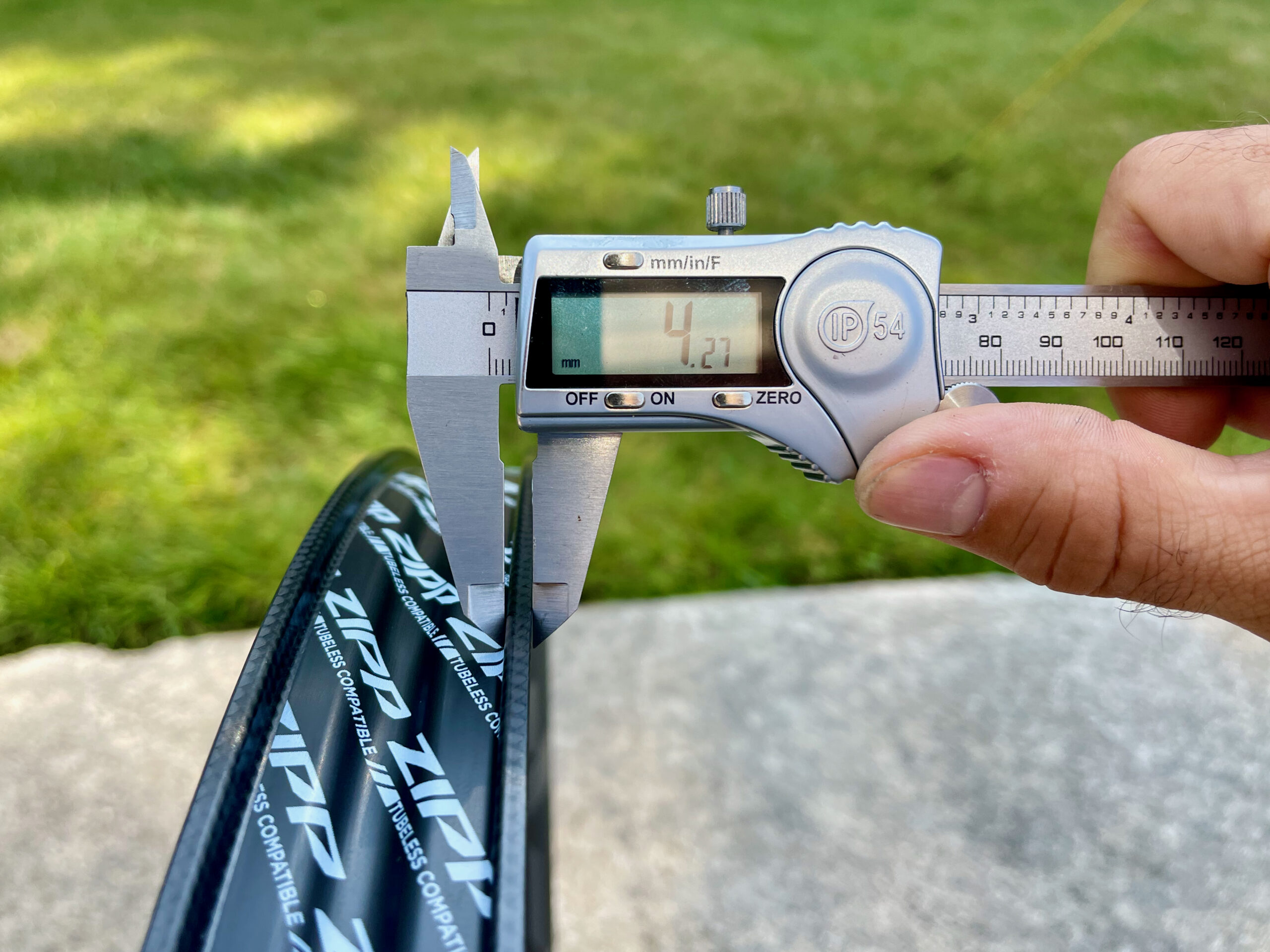
To combat this, the new 303 XPLR SW’s wide tire bed increases tire stance, claiming to allow for lower tire pressures without tire squirming under corner loads. That means decreased vibrations while maintaining predictable corner control and unbroken traction while climbing. The 303 XPLR SW claims to also help reduce pinch flats thanks to a rim edge that is 77% thicker than previous models, decreasing the chance for damage when the tire bottoms out on the rim edge upon impact (more on this later).
What about rim depth?

A deeper aero rim might be better if we look at gravel speed now that most events are raced with an average of 22mph or more for the leaders. Wouldn’t a deeper rim be stiffer and heavier? Zipp feels the tire volume and wide-rim bed should even that out. The 303 XPLR SW is large for sure, but still pretty light at a claimed 1496g (1573g, actual weight on our scales with tape & valves) for the set.
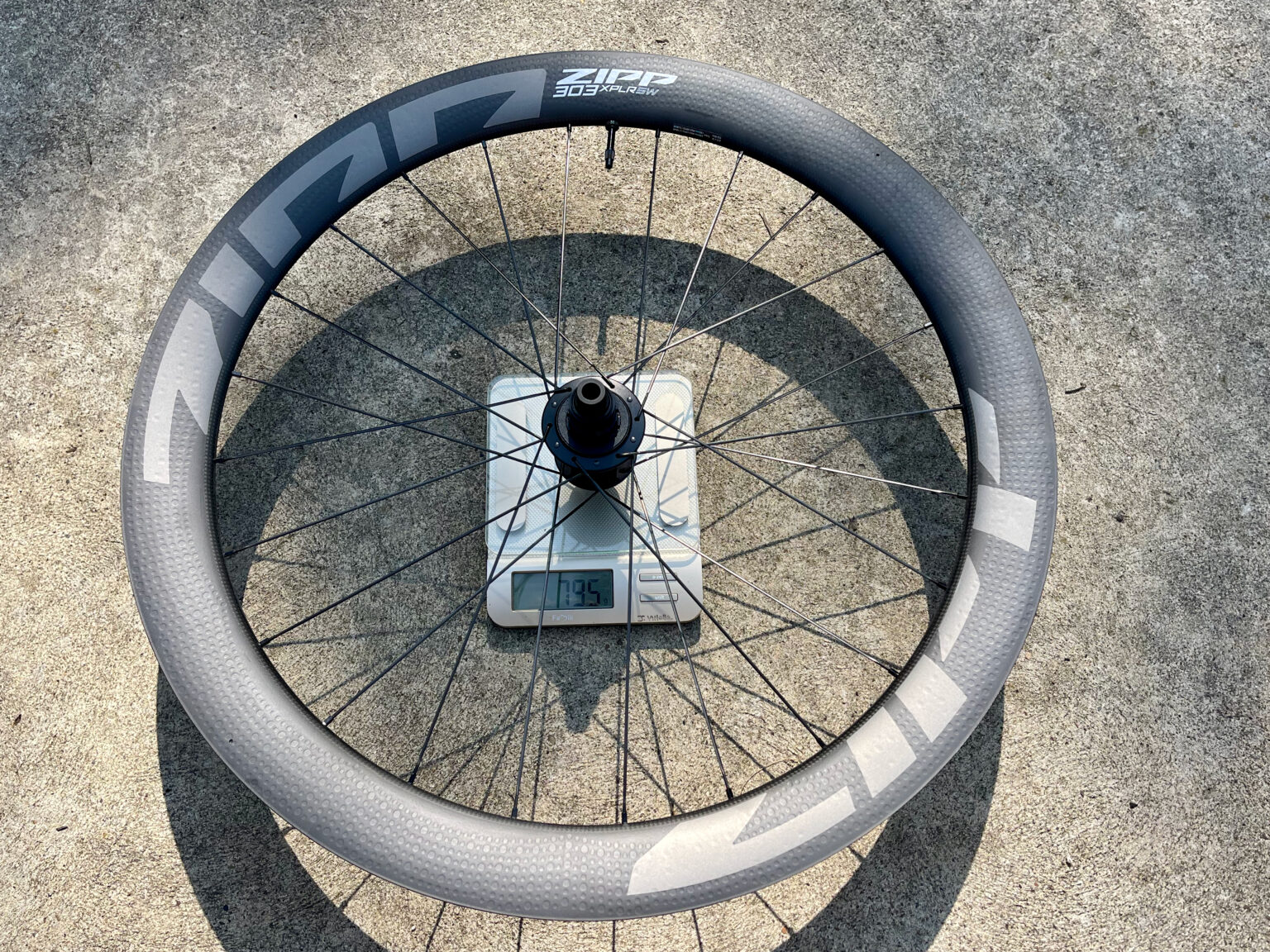
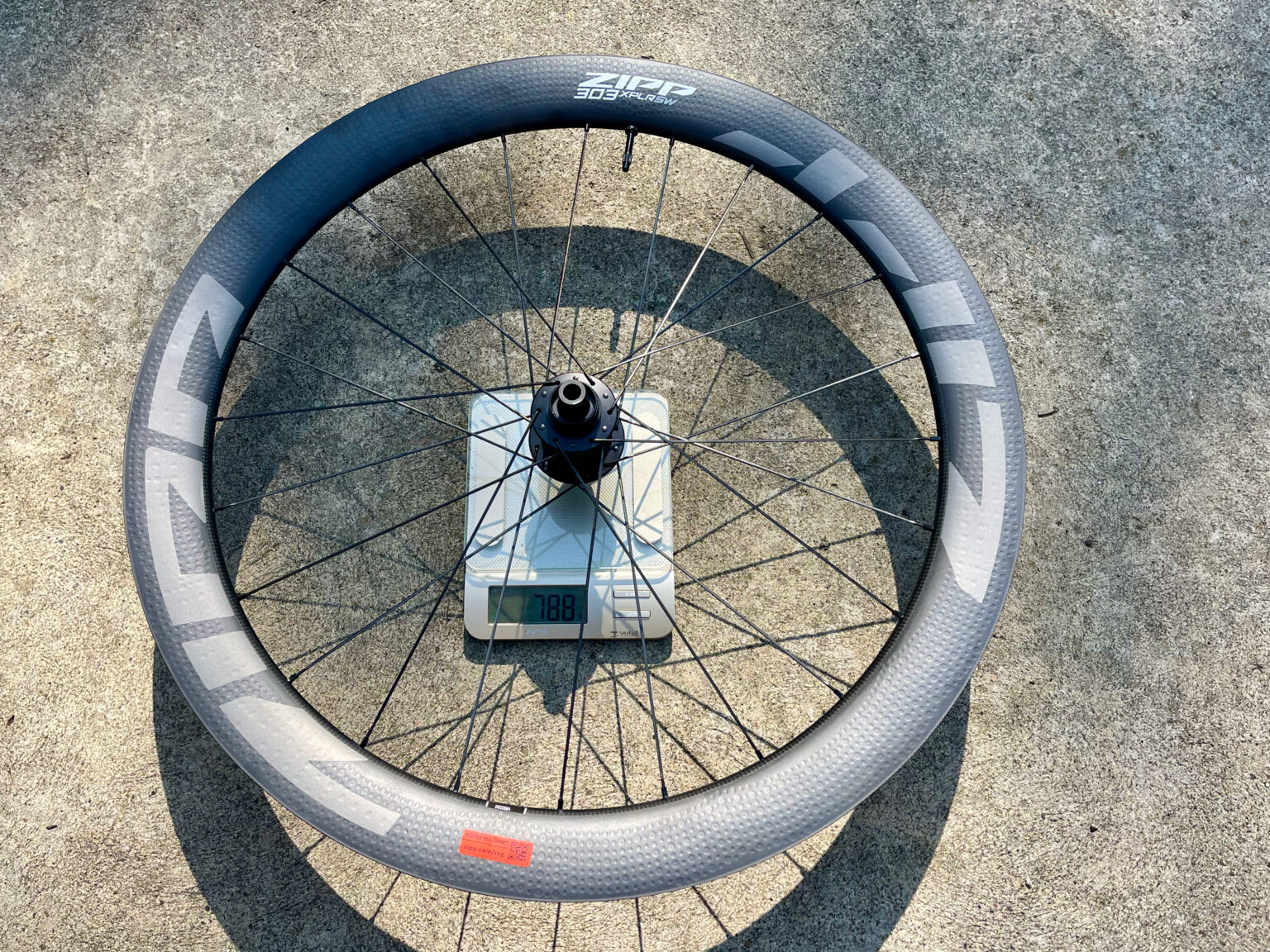
How deep are we talking? The 303 XPLR SW rim is 54mm deep, creating an effective aerodynamic complement for large gravel tires at high speed. Zipp’s engineering team found that a 54mm deep rim creates the perfect aspect ratio for aerodynamic efficiency with a 40mm gravel tire at race speeds.
Zipp XPLR 303 SW Specifications
- Wheel Size: 700c
- Rim Construction: Carbon – Hookless
- Hub: ZR1
- Rim Inside Width: 32mm
- Max System Weight: 286lb / 130kg
- Max Tire Pressure: 50 PSI / 3.45bar
- Weight: 1573g
- Driver Bodies: XDR or SRAM/Shimano driver bodies (Campagnolo N3W Driver body sold separately).
- Lifestyle Warranty
- Price: $2100.00
Zipp 303 XPLR S
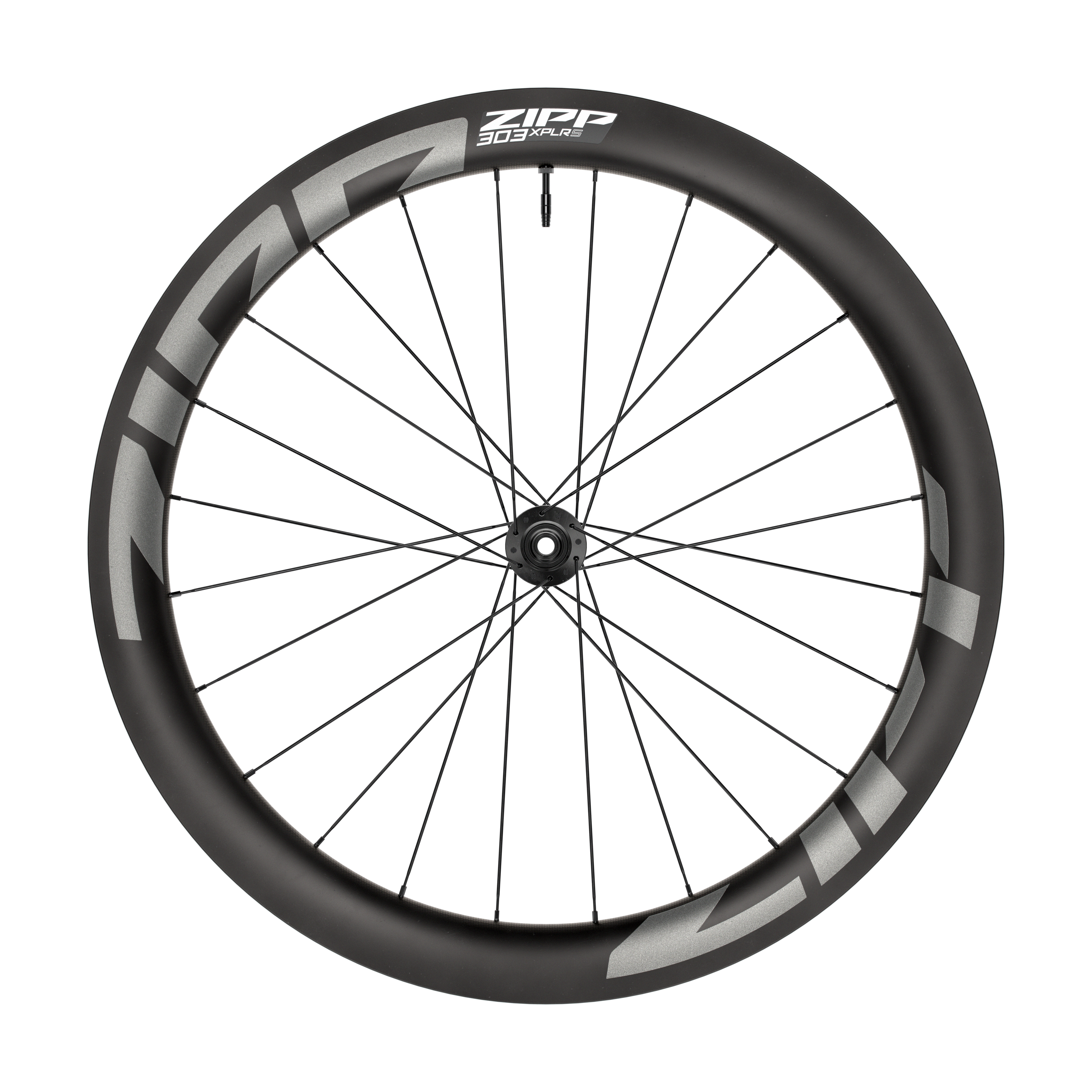
The Zipp 303 XPLR S takes the tech of the SW above and trickles it down with a lower price. This wheelset borrows vital features from the 303 SW premium wide gravel wheelset, but it’s more attainable and robust.
Nearly everything is the same as the 303 XPLR SW, but some weight-saving measures and weighing only 150g more than the top-tier version. The main difference is a non-dimpled carbon rim (similar to the 303 Firecrest and 303S), and the 303 XPLR S receives a more affordable hub. They also come with a weight limit of 286 lbs, like the 303 XPLR SW wheels.
Zipp XPLR 303 S Specifications
- Wheel Size 700c
- Rim Construction Carbon – Hookless
- Hub 76 / 176
- Rim Inside Width 32mm
- Max System Weight 286lb / 130kg
- Max Tire Pressure 50 PSI / 3.45bar
- Weight(g) 1642g* claimed
- Max tire pressure 50 psi/3.45 bar
- Lifetime Warranty
- Price: $1400.00
Goodyear XLPR Gravel Tires
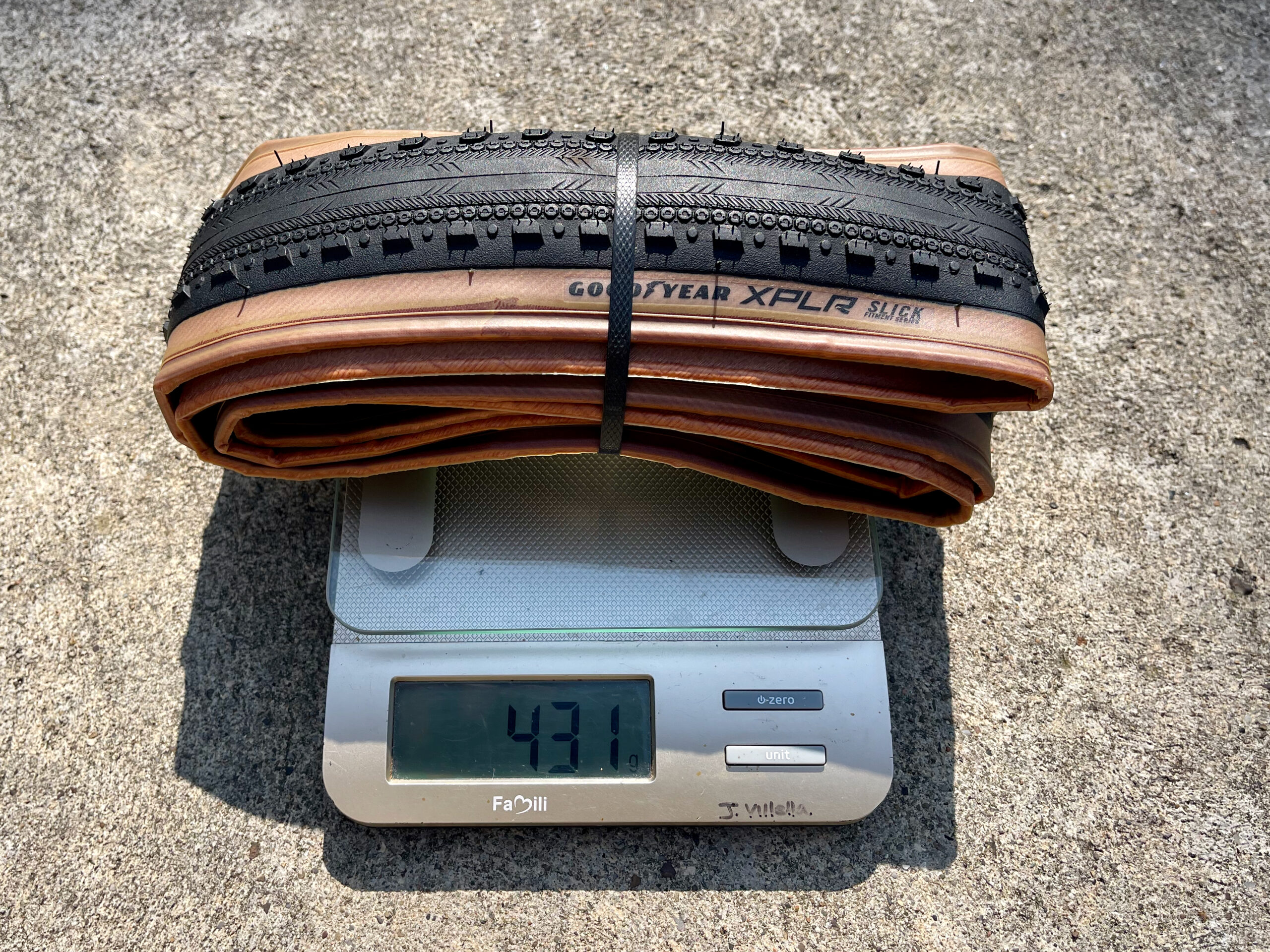
Both wheels work best (according to Zipp) with Zipp-approved tires, and the wheels launch in partnership with Goodyear tires. The Goodyear XLPR Inter and the Goodyear XPLR Slick are the counterparts in the 303 XPLR wheel system.
Goodyear XPLR Inter
The Goodyear XPLR Inter (700×45) offers the most versatile gravel setup with 303 XPLR and can be ridden in most situations. The tread has a tight pattern in the center, while the more prominent side blocks offer grip and confidence when cornering. The dimension of tire beads is designed to ensure convenient assembly and secure retention on Zipp TSS rims (32c). Only Zipp-approved tires can be used on the 303 XPLR wheels.
- Weight: 450g
- Price: $80
Goodyear XPLR Slick
The Goodyear XPLR Slick is a more of an all-road and fast gravel tread design. The center line is smooth, with slight knobbed sides to help dig riders out of sandy or lighter gravel. The XPLR Slick is 700×40 and measured 38mm on our test rims. The dimension of tire beads is designed to ensure convenient assembly and secure retention on Zipp TSS rims (32c). Only Zipp-approved tires can be used on the XPLR wheels.
- Weight: 431g
- Price: $80
Zipp SL 70 XPLR Gravel Handlebar
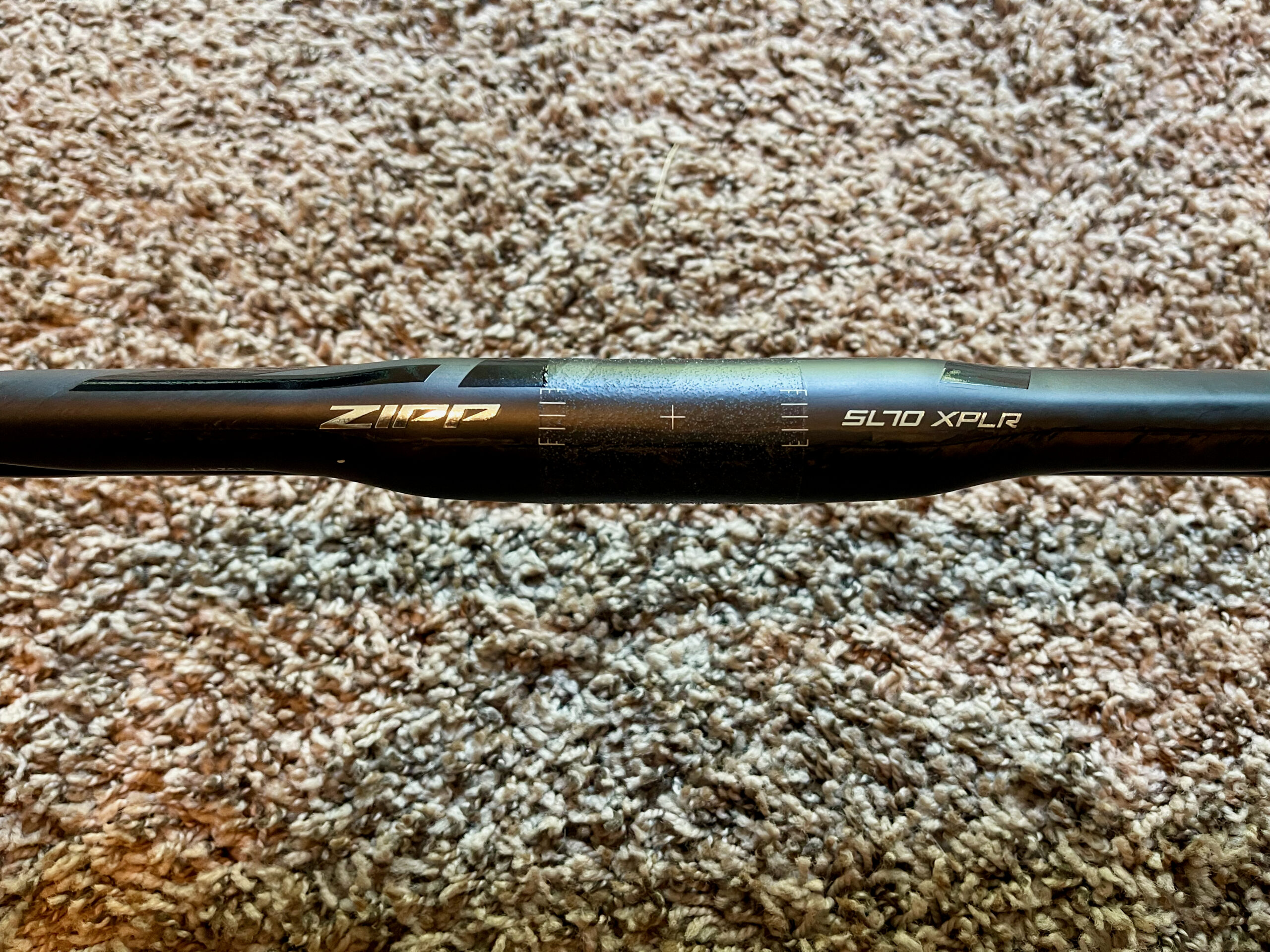
Zipp announces a full-on gravel (I mean XPLR) bar optimized (but not only for) the SRAM RED AXS groupset to round out the gravel offering.
The new carbon handlebar is purpose-built for gravel and all-road riding, designed with features that extend hand control and connect the rider with their machine. One super cool feature that exemplifies this is an overhang to cover the brake hose where it exits the hood.
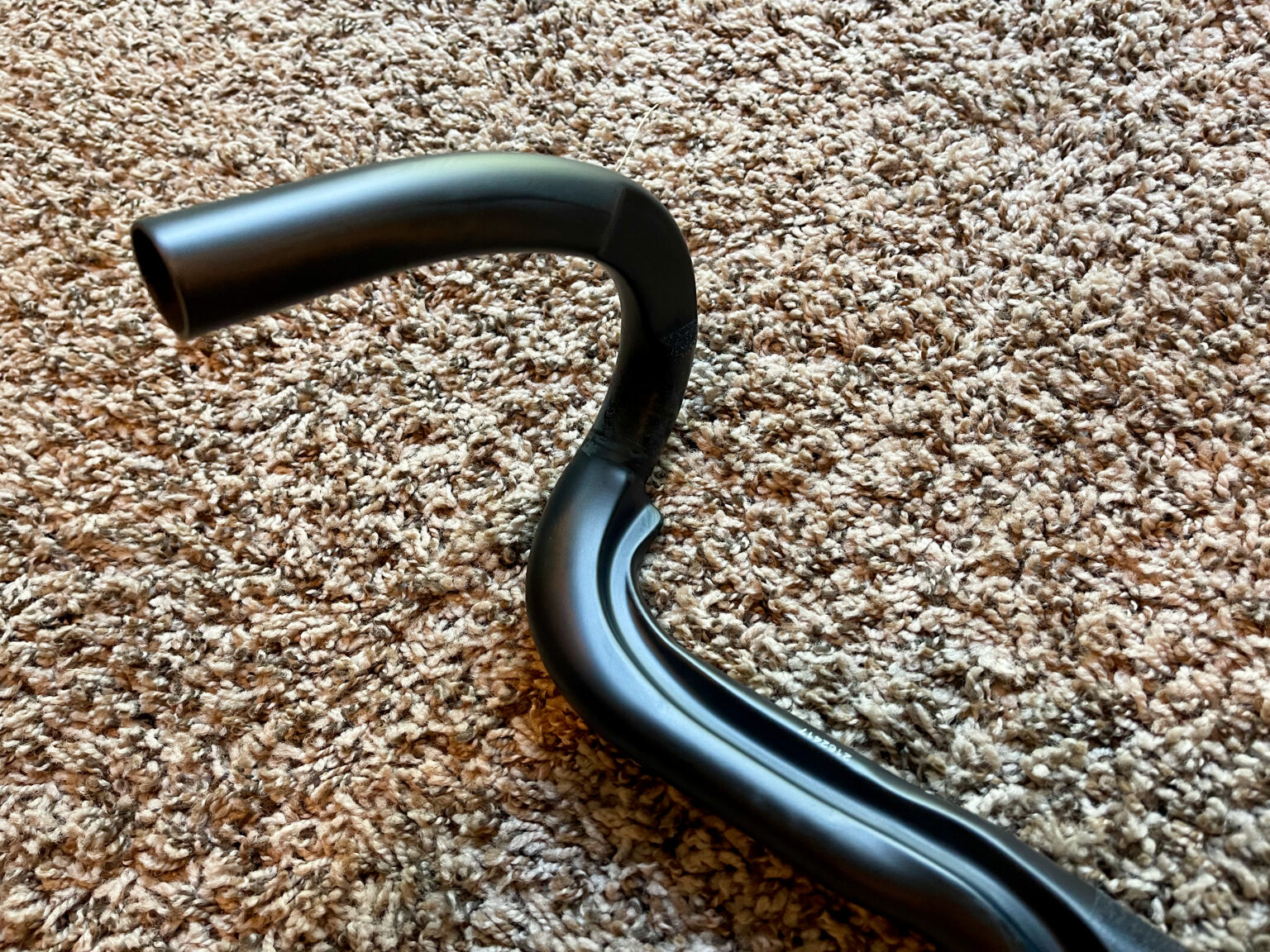

The new XPLR bar has a brake hose routing underneath the flat upper of the bar and exits tightly near (not into) the stem. This shelf creates a platform that mates with the brake lever, providing an ideal perch for your hands when on the hoods. Zipp calls this an optimized comfort zone, and they’re not off. It’s a very dialed position.
The bar features shallow and wide drops for efficiency and comfort for the long haul. Moreover, SL 70 XPLR has defined locators marked on the drop and the bar top to place SRAM Wireless Blips easily.
Features Zipp SL 70 XPLR Handlebar
- Material: Carbon
- Clamp Diameter: 31.8mm
- Reach / Drop: 70mm / 115mm
- Widths: 40cm*, 42cm, 44cm, 46cm, 48cm *Tested
- Designed for integration with SRAM RED AXS
- Defined locators for placement of SRAM AXS Wireless Blips
- Hidden external routing for hydraulic hose routing into the stem
- 70mm Reach, and 115mm drop allow a comfortable hood position and a shallow drop position
- 5° drop Flare and 11° drop out sweep
- 240g for 44cm bar (40cm weight
- Lifetime Warranty
- Price: $320
First Impressions: The Whole 303 XPLR Experience
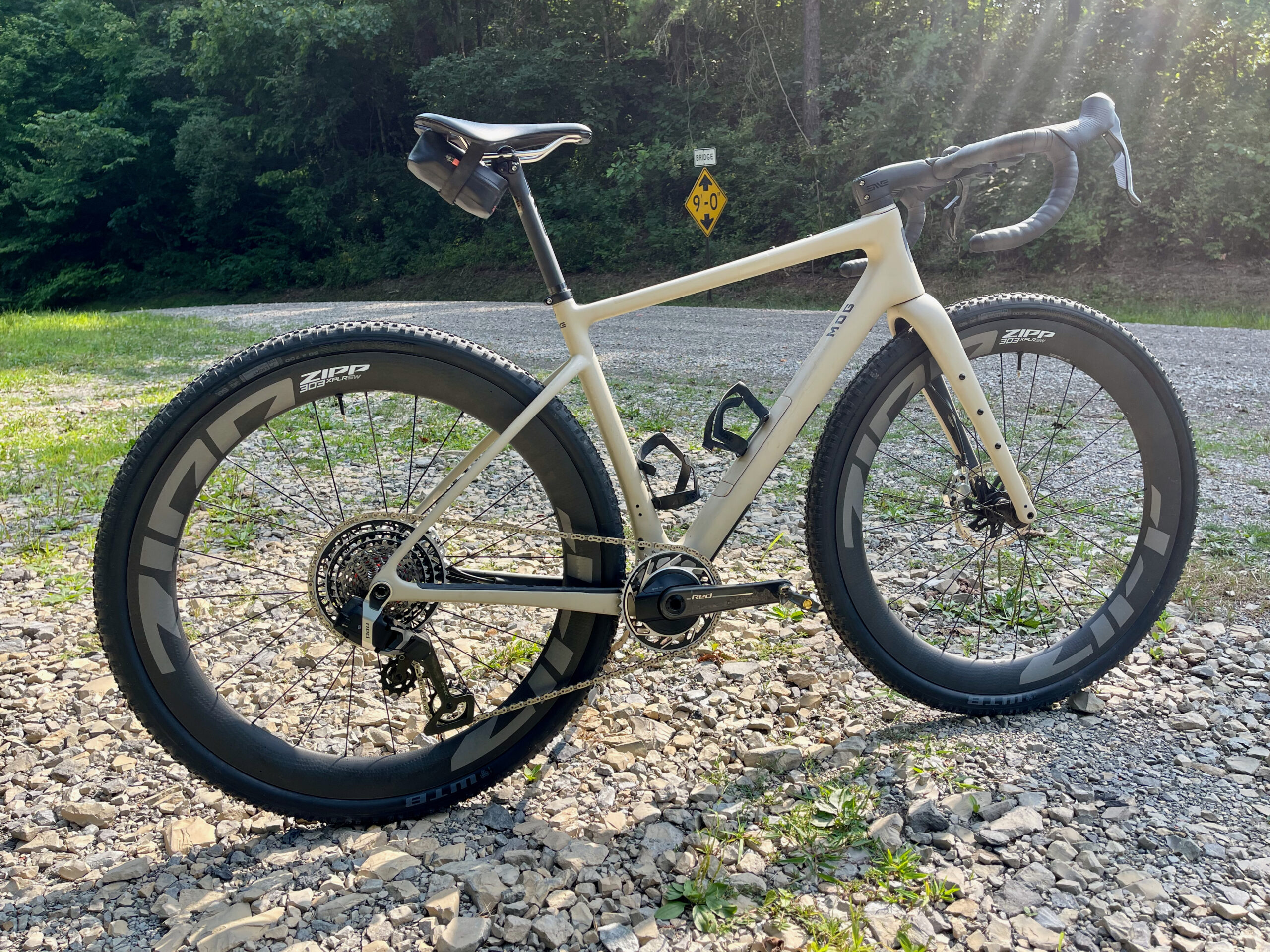
Like many, I was taken aback by the super-wide Zipp 303 XPLR wheelset and stoked to check them out and see for myself. I was given a tour of the Zipp factory before the launch, and I could see the product crafted in front of my eyes.
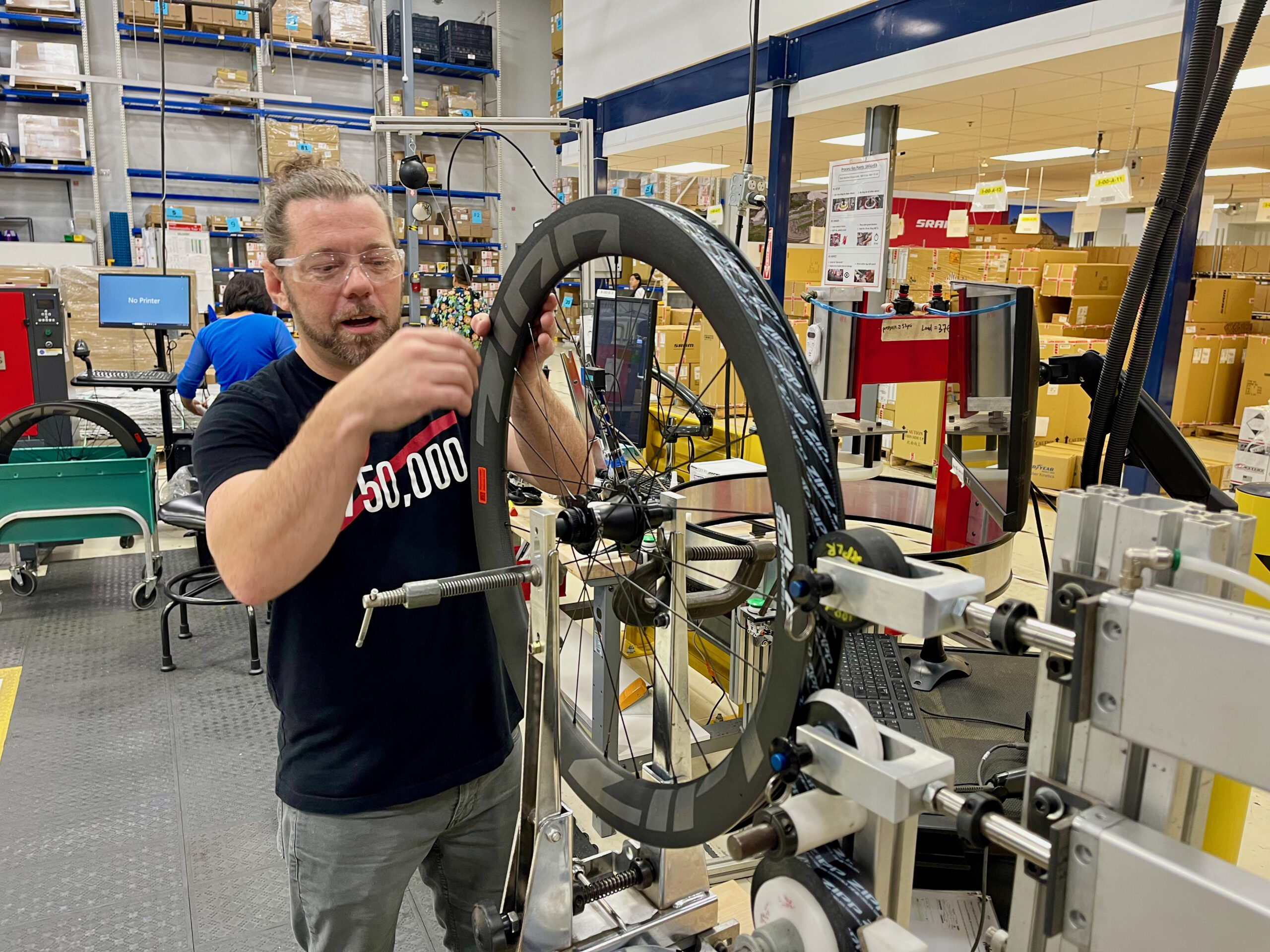
I could see the design and product testing that went into the wheels and the data churned after each test. Special care and deliberate intention are at the forefront of these wheels and the XPLR group.
More DH Than Gravel
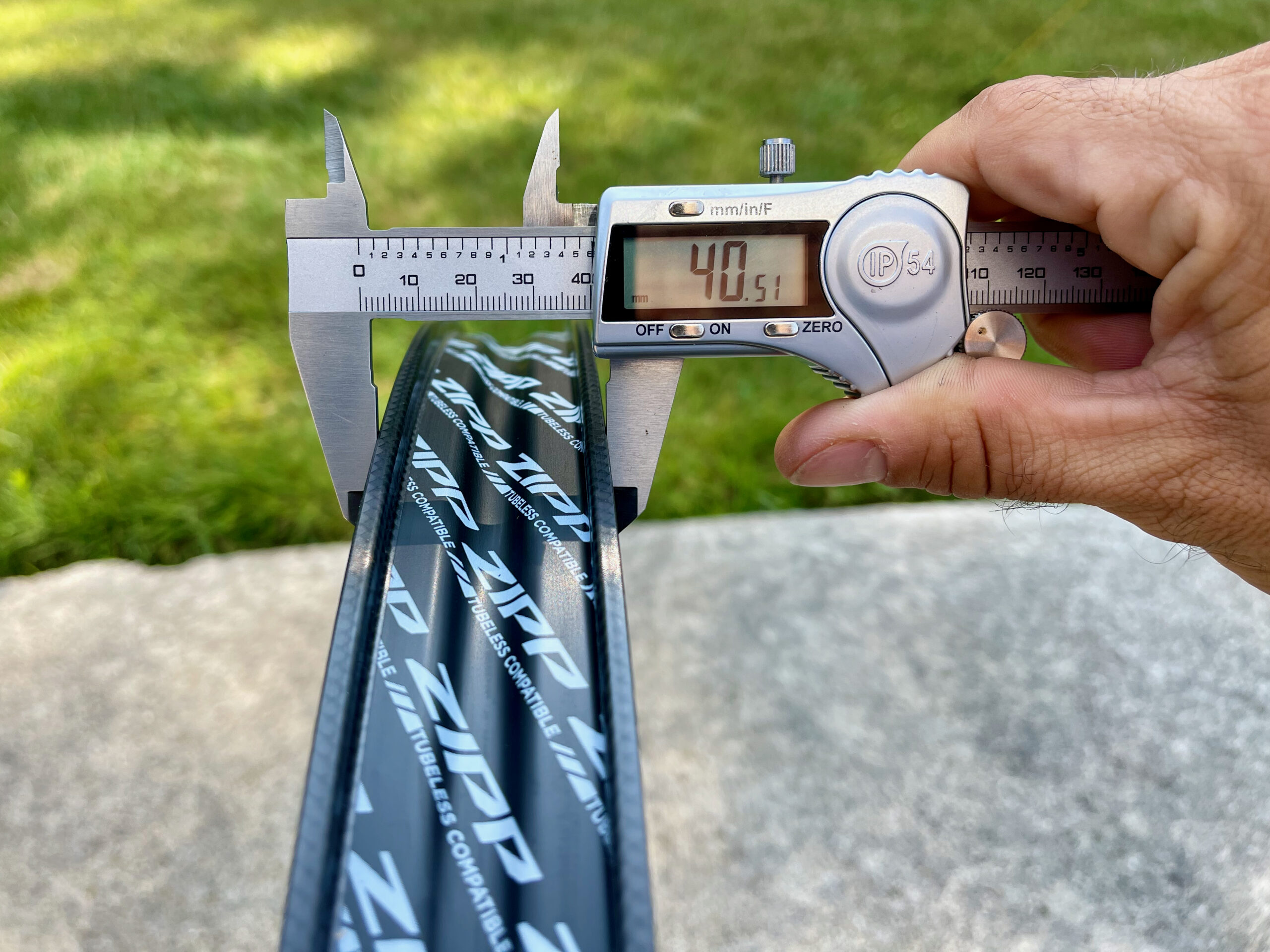
The Zipp 303 XPLR SW wheelset is genuinely something different. They are wider than my mountain bike wheels and look more like Aero DH wheels than anything drop-bar-worthy. The rim wall is 4mm wide and super stout. Unlike other rims, the Zipp 303 XPLR has a squared-off, almost sharp wall.
Mounting the Goodyear XPLR Slick tires proved to be no challenge, but I did notice the rim scraped my tire lever, leaving some plastic shards, something I’m not used to. I inflated the tires using the SRAM Tire Pressure guide and set them up to my spec with weight, bike weight, and gear.

First Rides
My first ride was on lighter gravel with mostly road to and from. The wheels felt nice on the pavement; they spun up fast, held speed, didn’t pull in the wind, and were as stiff as any gravel wheel I could remember.

However, when I hit the gravel, the flats started. I immediately got a small cut that was too much for my Orange Seal. I plugged it with a Dyna-Plug and cursed my luck. Another 10 minutes later, another flat, this time in front.

Same deal; Dyna-plugged it and moved on. Then I noticed I was hitting the rim nearly the entire time. The pressure was above what the SRAM calculator recommended (to be on the safe side). But yet the tire was bottoming out and hitting the sharp rim bead while leaning the bike.
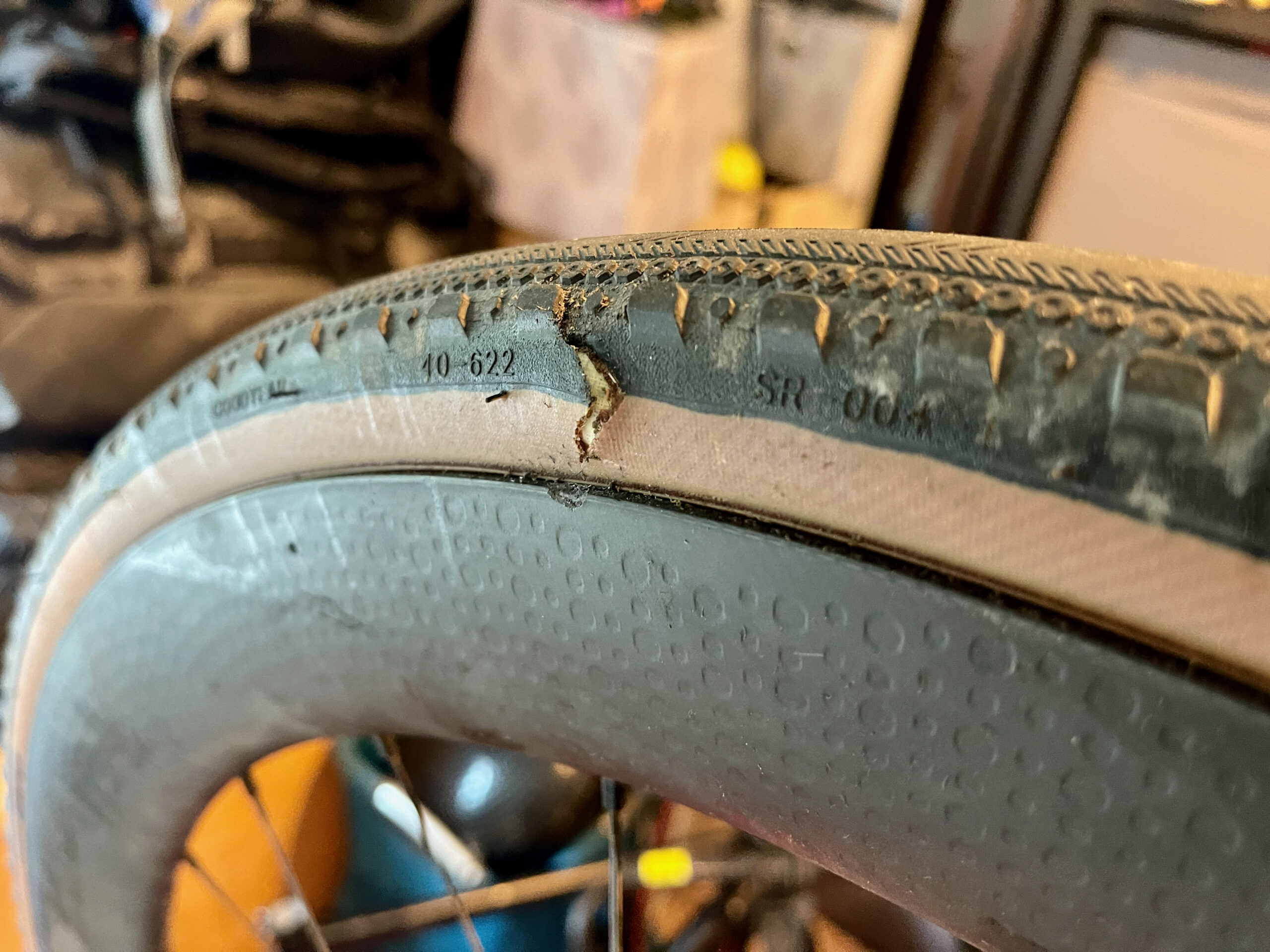
This was a common theme for the next hour or so until a cut so large required a tube and tire boot. I decided to steer clear of the gravel and ride the road home. This ride ended with four fixable flats and one that required a tire boot – I was not impressed.
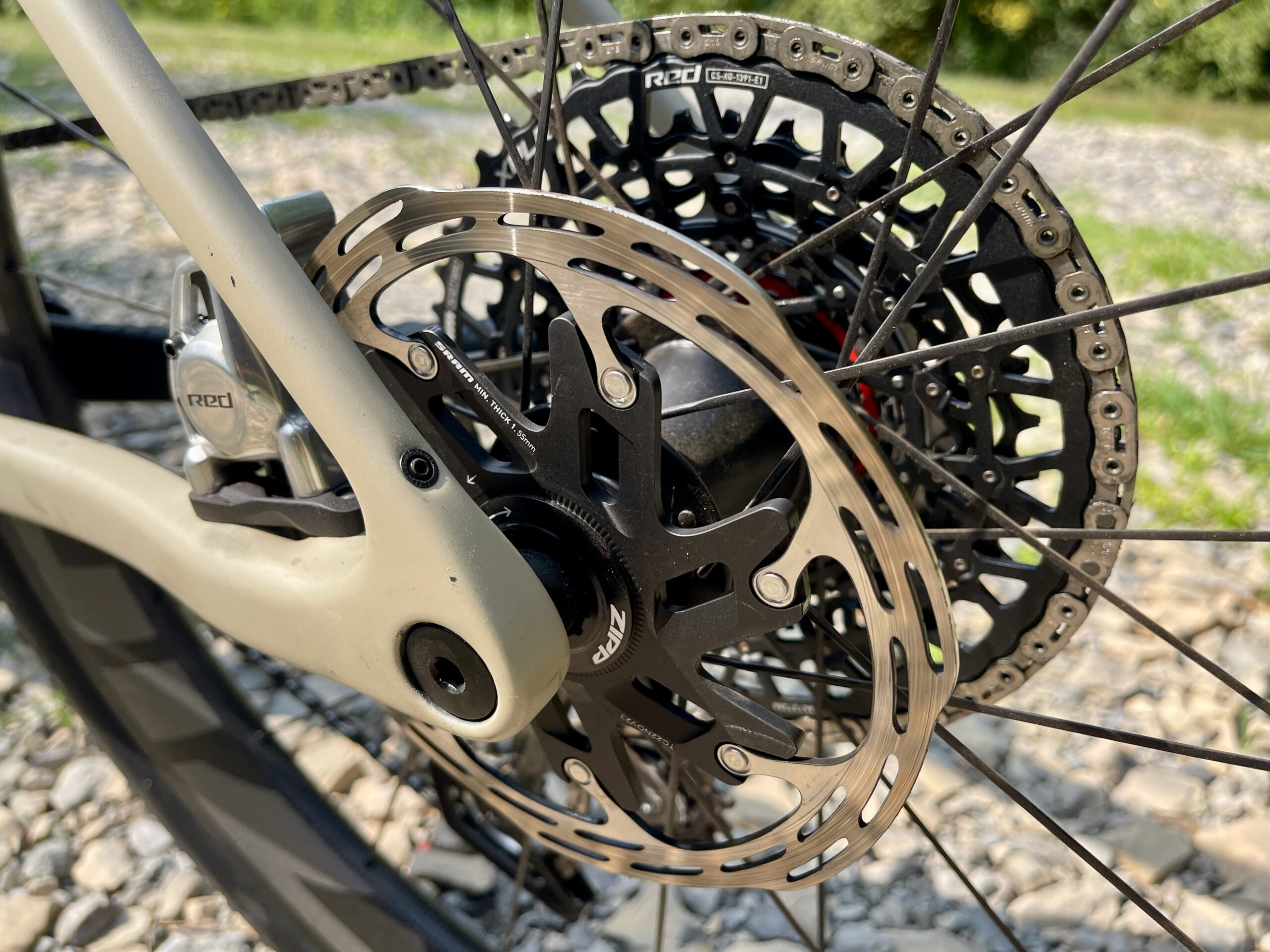
Switch to WTB
I switched out the unusable Goodyear XPLR tires for WTB Vulpine 45mm approved for Zipp 303 XPLR use. This time, I went the wooded route; I would hit the rim whenever I went over a root while leaning on the bike, resulting in a flat or cut in the tire. Yes, the WTB tires lasted longer. They took no cuts more significant than 3mm and provided fewer flats, but not a home run by any means.

I decided to give my last Zipp-approved tires a shot, this time with the WTB Resolute 50mm tires. This mixture was right on, it let the wheels do the talking more than the narrower tires. The SRAM pressure calculator prescribed around 21PSI and the tires floated over the gravel with a nice mix of speed and comfort.

This time, I experienced zero flats on my ride. The volume mates with the rim much better. As for aero advantage and weight, however… the Resolute isn’t WTB’s race tire; it’s more of a do-it-all tire with some knobs. The experience was much better with the 50mm tires, but not what I expected. I’m lucky the ENVE MOG frame could accommodate, but I’m guessing most would be pushed to the max with a 50mm tire on 32mm internal rim wheels.
Yes – they are not the super fast race tires that Zipp launched with, but they still felt damn good. So could the 40mm (38mm) tires and 45mm tires be too narrow for the rim? No – I don’t think that’s the issue, but I’m going to reserve my full thoughts until we get the 45mm Goodyear tires on the 303 XPLRs and give them another go.
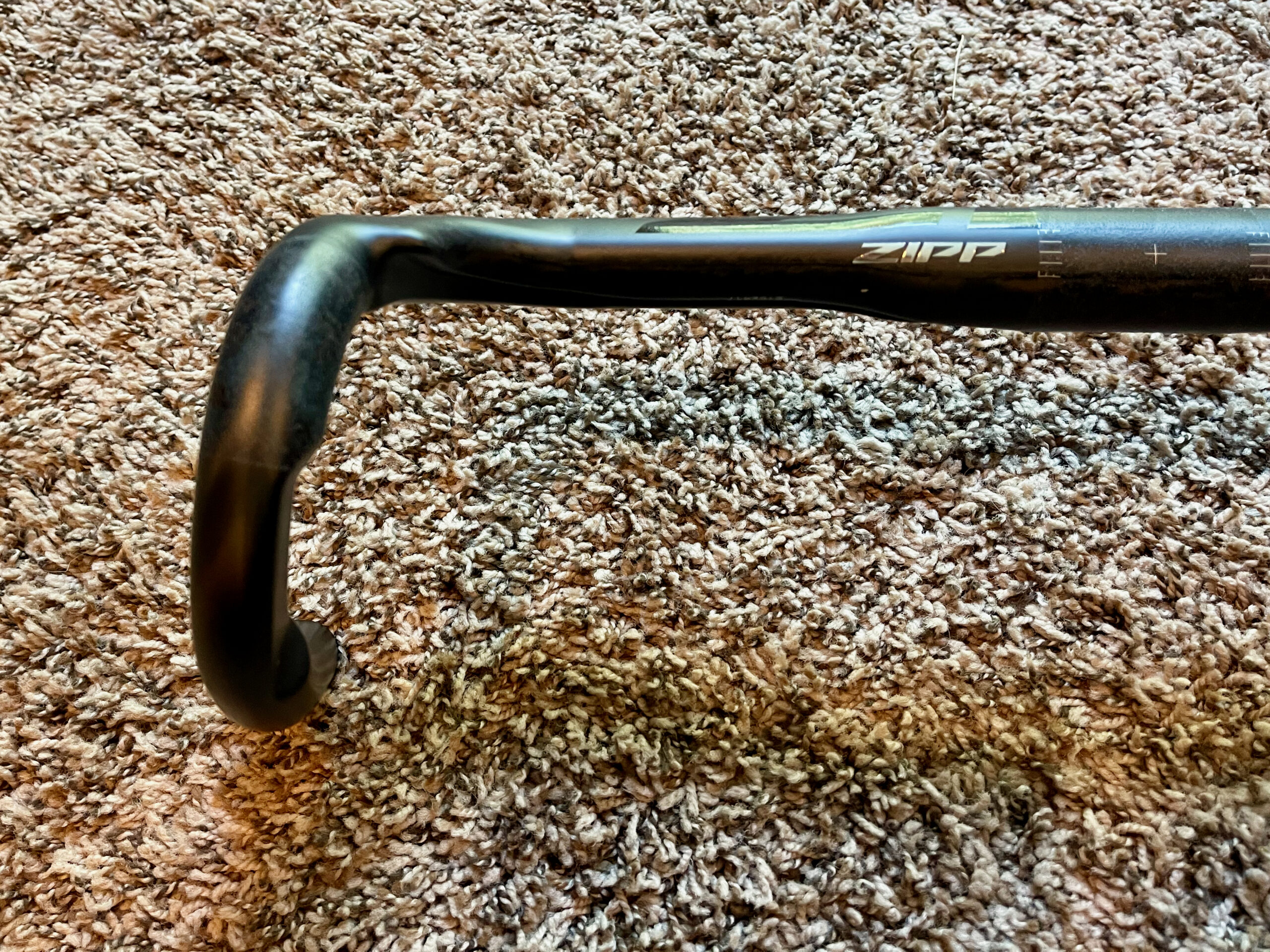
How about those bars?
When I received the XPLR component (bars, wheels, and tires), I found that the Zipp SL 70 XPLR bars wouldn’t fit on my ENVE MOG test machine. How the handlebar routes the brake hoses interferes with the MOGs internally routed stem. Instead, I opted for the ENVE bars for my build, but I was curious why Zipp never created an internally routed stem. Considering these bars are for gravel racing, and an XPLR group requires a UDH. Most bikes that can accommodate are fairly progressive and will likely have internal cable routing.
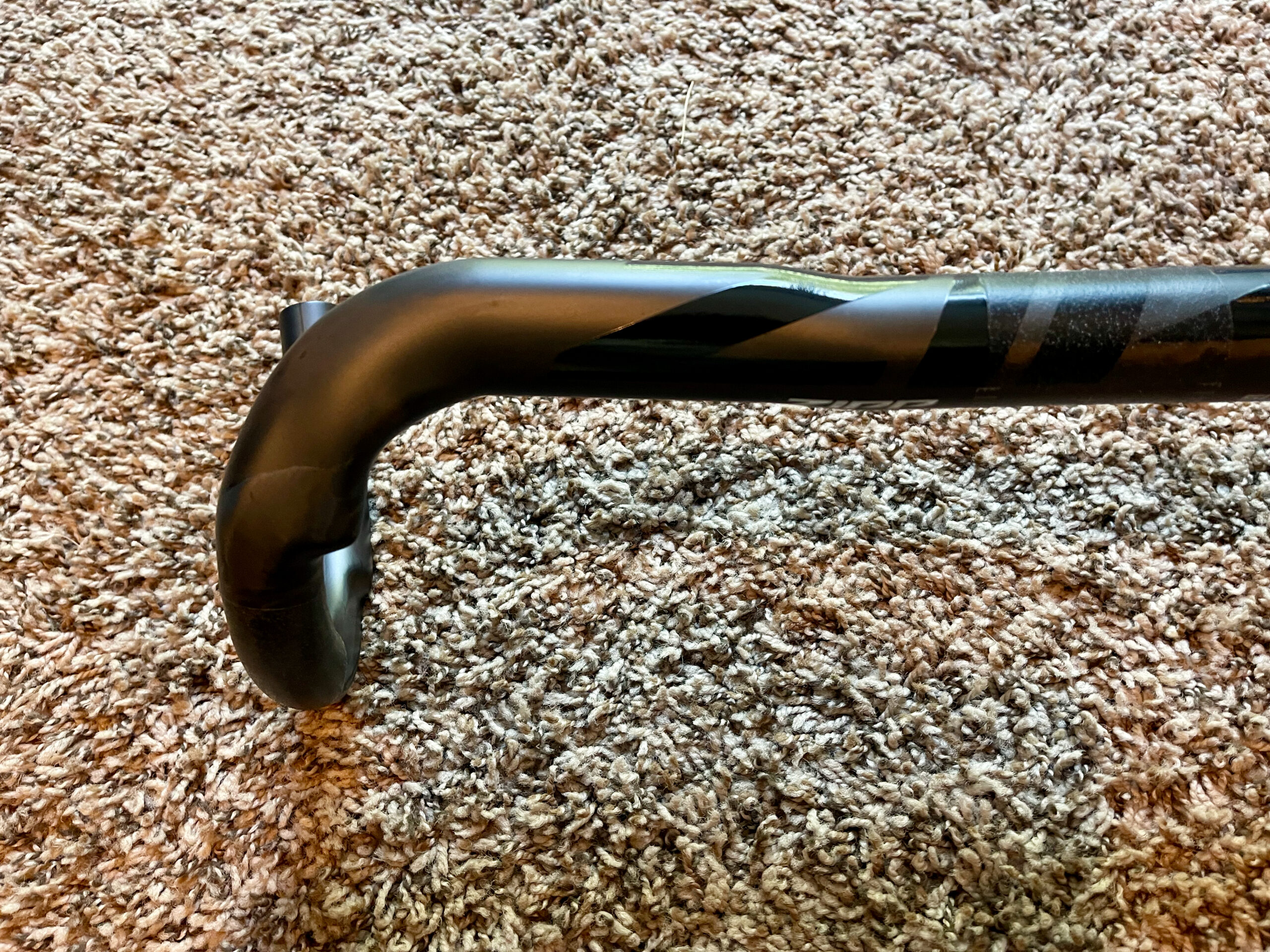
A Mix of My Favorite
Instead—I mounted the bars on my Specialized Crux with Shimano GRX 12-speed (gasp!). The bike didn’t catch fire, and the bar mated well with the shifters. The routing played well with the Crux’s external routing and gave the hoses a better entry point to the frame.
The fit and control of the bars are great, like a mix between road (my go-to bars for road are the Bontrager RSL) and gravel (CADEX GX being my favorite). I went with a 40cm, which feels spot on for getting locked and loaded in an aero position with some ability to drive the bike in the single track.
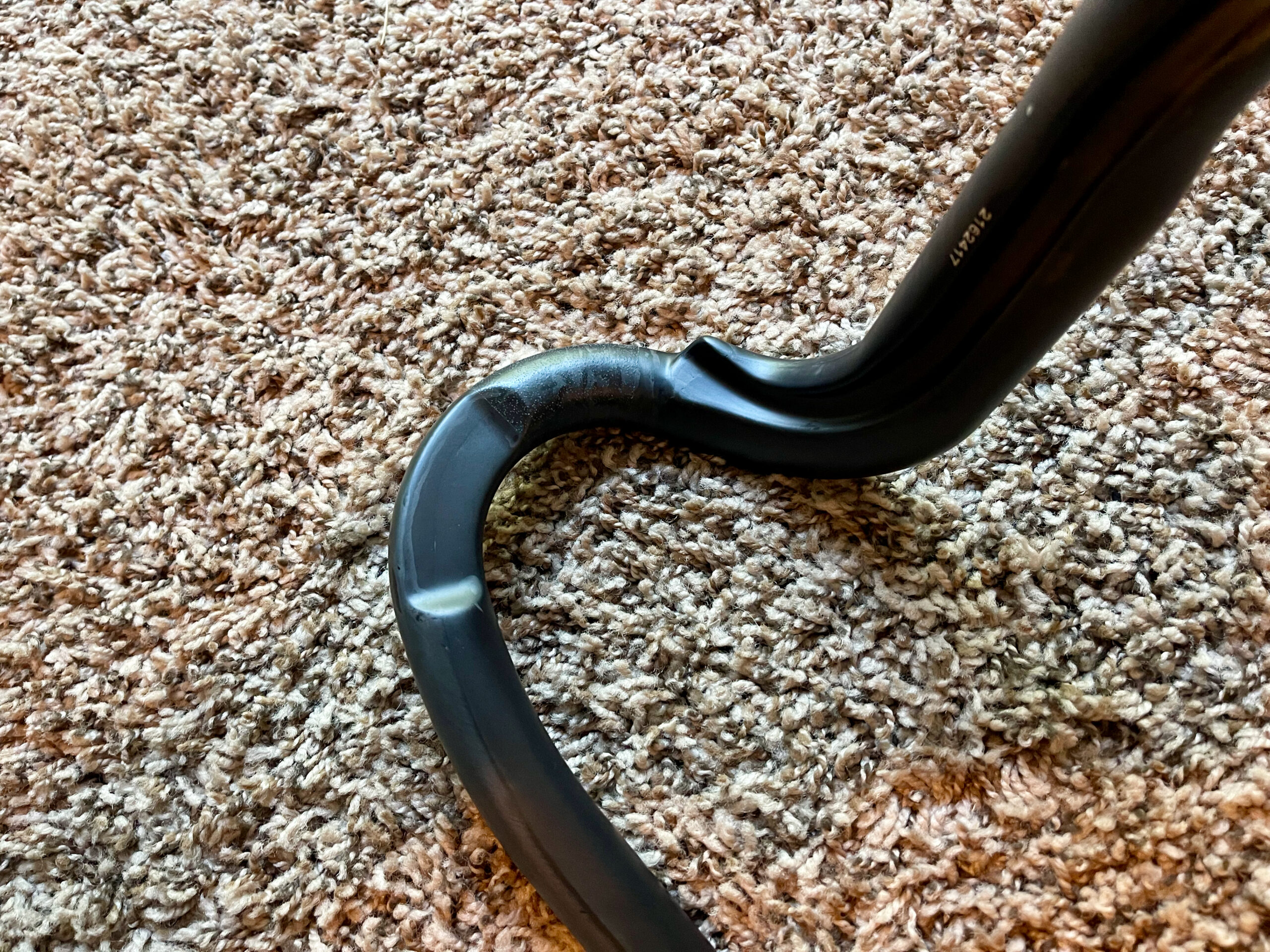
Touch Points
The drops are great. They have a slight indent that you can rest your thumbs on when in long, windy sections and are shallow enough to keep your head up. The Zipp SL 70 XPLR bars are an excellent option for riders looking to get more aero in the wind but might not be used to a full-on road race setup. The hooks on the lever position are excellent and create a near-perfect perch for your palms.
Look for a full review of Zipp 303 XPLR SW coming early fall.